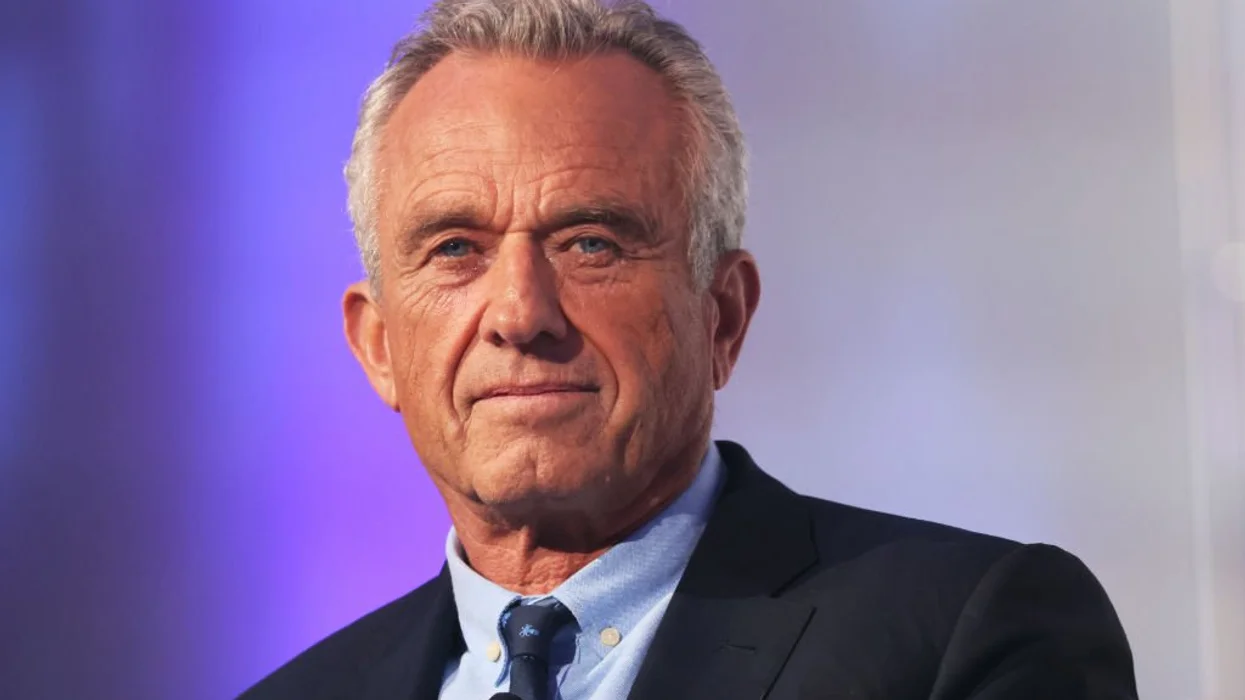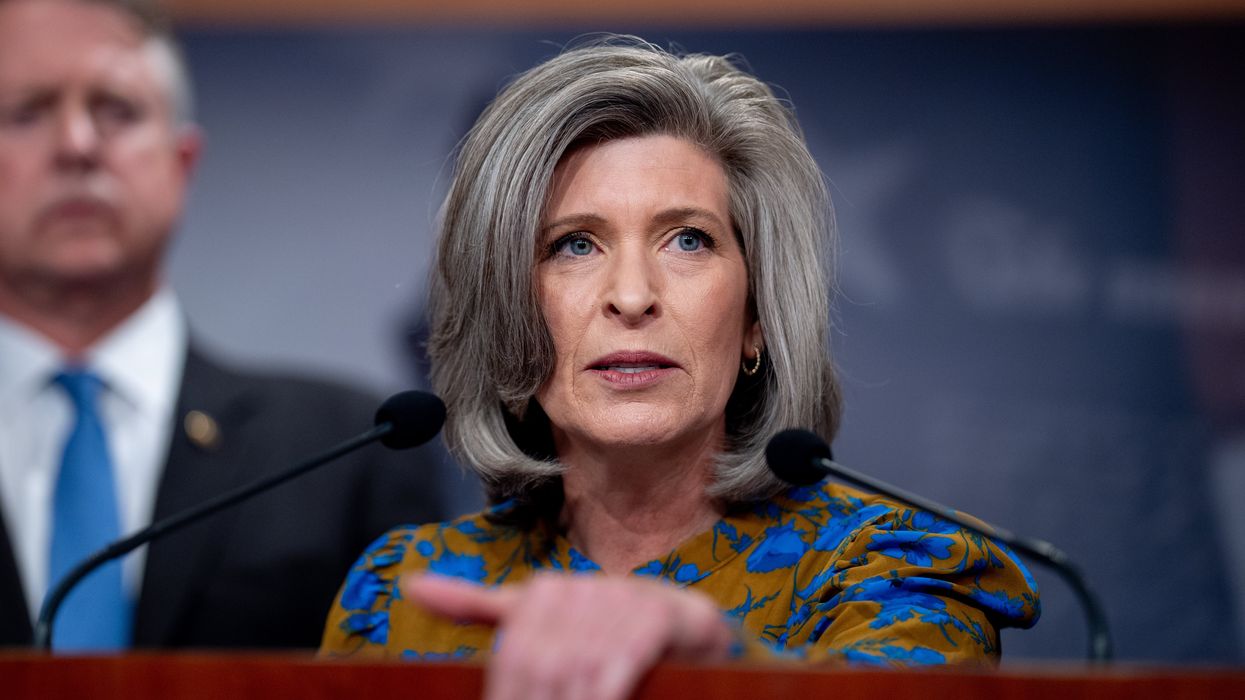WASHINGTON (TheBlaze/AP) — The federal agency responsible for making sure states effectively oversee the safety of natural gas and other pipelines is failing to do its job, a government watchdog said in a report released Friday.
The federal effort is so riddled with weaknesses that it's not possible to ensure states are enforcing pipeline safety, the Transportation Department's Office of Inspector General report said.
 A massive fire roars through a mostly residential neighborhood in San Bruno, Calif., in 2010. A report released Friday by the Department of Transportation’s inspector general says the federal agency responsible for making sure states effectively oversee the safety of natural gas and other pipelines is falling down on the job. (AP Photo/Paul Sakuma)
A massive fire roars through a mostly residential neighborhood in San Bruno, Calif., in 2010. A report released Friday by the Department of Transportation’s inspector general says the federal agency responsible for making sure states effectively oversee the safety of natural gas and other pipelines is falling down on the job. (AP Photo/Paul Sakuma)
The report cited the federal Pipeline and Hazardous Materials Safety Administration, or PHMSA, for failing to ensuring key state inspectors are properly trained, inspections are being conducted frequently enough and inspections target the most risky pipelines.
The findings come more than three years after a gas pipeline explosion and fire killed eight people, injured 58 and destroyed much of a subdivision in San Bruno, Calif., a suburb south of San Francisco. Accident investigators cited weak state and federal oversight.
The nation's network of about 2.5 million miles of pipelines moves millions of gallons of hazardous liquids and 55 billion cubic feet of natural gas every day. Eighty-five percent of these pipelines are under state authority.
The IG report comes just two days after the DOT issued an emergency order telling companies that ship Bakken crude oil by train they must provide communities along their routes with more information about the dangers of spills and explosions.
Transportation Secretary Anthony Foxx also issued a “safety advisory” asking — but not requiring — shippers of Bakken crude to discontinue using the older models of railroad tank cars commonly used for transporting the fuel, according to Politico.
The report doesn't address the safety administration's oversight of interstate pipelines like the proposed Keystone XL oil pipeline which could reduce the burden on current pipelines; without it the industry relies upon existing rail and pipeline options to ship the Canadian crude to U.S. refineries.
The administration has indefinitely extended the amount of time federal agencies have to review the Keystone XL pipeline, likely punting the decision over the controversial oil pipeline until after the midterm elections.
 About 500 miles worth of new, coated steel pipe manufactured originally for the Keystone oil pipeline, is stored in Little Rock, Ark. (AP Photo/Danny Johnston).
About 500 miles worth of new, coated steel pipe manufactured originally for the Keystone oil pipeline, is stored in Little Rock, Ark. (AP Photo/Danny Johnston).
Cynthia Quarterman, head of the safety administration, defended her agency's record, pointing to a two-thirds decline in the number of accidents and incidents involving gas distribution pipelines over the past 30 years.
There were 21 serious incidents on distribution pipelines in 2013 and 24 incidents in 2012, "which were the lowest number of serious incidents on record for the past 30 years," she said, in response to the inspector general's findings included in the report.
Since 2010, when the San Bruno and four other major accidents occurred, she wrote, there have been no serious incidents to date on intrastate transmission lines, which are larger than distribution lines. But the agency also fully or partially agreed with seven recommendations made in the report.
Among the weaknesses cited in the report is that the safety administration is using an outdated formula to calculate the minimum number of inspectors states need. More inspectors may be needed to carry out new inspection methods and responsibilities since the formula was developed in the 1990s.
 In this Sept. 11, 2010, file photo, a natural gas line lies broken on a San Bruno, Calif., road after a massive explosion. Pacific Gas & Electric Co. pleaded not guilty Monday, April 21, 2014, to a dozen felony charges stemming from alleged safety violations in a deadly 2010 natural gas pipeline explosion that leveled a suburban neighborhood in the San Francisco Bay Area. As survivors of the blast looked on, attorneys for California's largest utility entered the plea in federal court in San Francisco to 12 felony violations of federal pipeline safety laws. (AP Photo/Noah Berger)
In this Sept. 11, 2010, file photo, a natural gas line lies broken on a San Bruno, Calif., road after a massive explosion. Pacific Gas & Electric Co. pleaded not guilty Monday, April 21, 2014, to a dozen felony charges stemming from alleged safety violations in a deadly 2010 natural gas pipeline explosion that leveled a suburban neighborhood in the San Francisco Bay Area. As survivors of the blast looked on, attorneys for California's largest utility entered the plea in federal court in San Francisco to 12 felony violations of federal pipeline safety laws. (AP Photo/Noah Berger)
More than 20 percent of the nation's total gas distribution pipelines are more than 50 years old or composed of material such as cast iron or bare steel that are more susceptible to failure than newer pipelines made with more resilient materials. However, the safety administration's staffing formula also doesn't take into account whether more personnel are needed to inspect these riskier pipelines, the report said.
The agency also hasn't set minimum qualifications for state inspectors who lead inspection teams, the report said. In one state, for example, an inspector with less than one year's experience was allowed to lead inspections, it said.
"Because it has not set minimum qualifications for state inspectors to lead standard inspections, PHMSA cannot be sure that state inspections cover all federal requirements and ensure pipeline operators maintain safety," Assistant Inspector General Jeffrey Guzzetti said in the report.
The safety administration requires states to use 14 risk factors when deciding how to prioritize pipeline inspections, but the agency isn't explicit on how the risk factors are supposed to be weighed, the report said.
As a result, four of five states examined by the inspector general's office were simply scheduling inspections based on how long it had been since the previous inspection, ignoring other risk factors, the report said.
The safety administration also doesn't tell states how often pipelines must be inspected. Investigators found one state was allowing as long as eight years to lapse between reviews.
"Because of these oversight gaps, PHMSA cannot be sure that states detect and mitigate safety risks," Guzzetti wrote.
The catch is, even if PHMSA were setting the best standards and practices for pipeline management and safety, they have no regulatory authority to ensure the states will comply. Much like the Federal Energy Regulatory Commission can suggest updates to the energy grid, the agency has no real authority to force protections upon grid operators to ensure massive blackouts will be avoided.
The safety administration has six evaluators who annually certify 48 state agencies and conduct in-depth reviews every three years to ensure states are following federal guidelines, the report said. PHMSA provides about 80 percent of the funds states spend on pipeline safety, the report said.
--
Follow Elizabeth Kreft (@elizabethakreft) on Twitter.

 A massive fire roars through a mostly residential neighborhood in San Bruno, Calif., in 2010. A report released Friday by the Department of Transportation’s inspector general says the federal agency responsible for making sure states effectively oversee the safety of natural gas and other pipelines is falling down on the job. (AP Photo/Paul Sakuma)
A massive fire roars through a mostly residential neighborhood in San Bruno, Calif., in 2010. A report released Friday by the Department of Transportation’s inspector general says the federal agency responsible for making sure states effectively oversee the safety of natural gas and other pipelines is falling down on the job. (AP Photo/Paul Sakuma)





